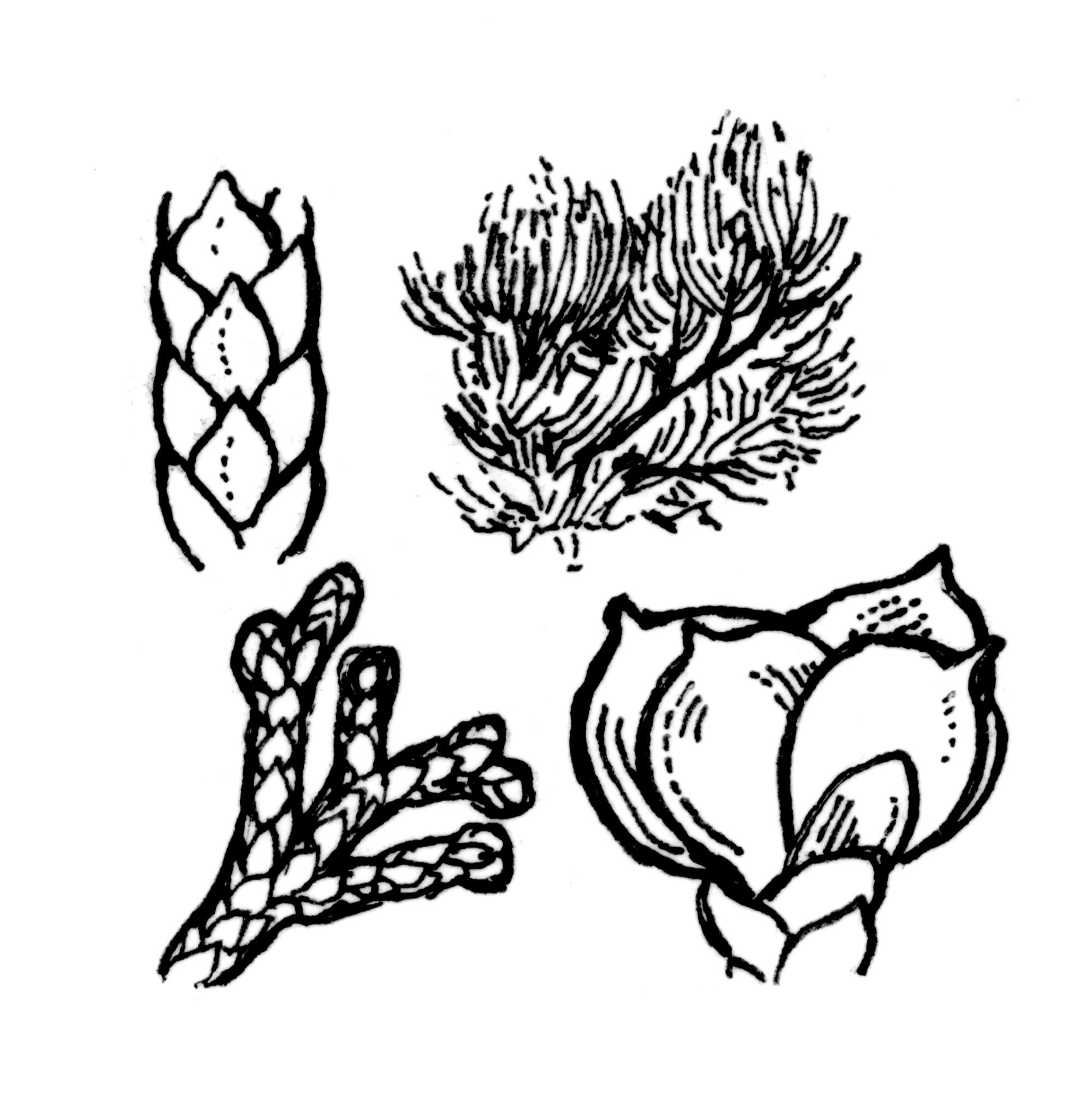
Greek di - two, selma - upper deck; referring to the two fertile scales.
Shrub or rarely a small tree to 6 m tall in the wild but rarely to more than 1 m in cultivation. Generally grown as a botanical curiosity. Scale leaves closely pressed to the stem, thick and blunt, about 1 mm long in opposite pairs at right angles to one-another. Male and female cones on separate plants. Male cones solitary, terminal, small, hardly differing in appearance from the branchlet tips. Mature female cones to 4 mm wide, slightly broader than the branchlet, solitary and terminal; scales persistent in 2 oppositely-arranged pairs, only the upper pair fertile, each with two ovules. Seeds with 2-3 wings.
1 species from the alpine west coast of Tasmania.
Leaves thick, blunt, closely-pressed to the stem; small cones.
Source: (1995). Cupressaceae. In: . Horticultural Flora of South-eastern Australia. Volume 1, Ferns, conifers & their allies. The identification of garden and cultivated plants. University of New South Wales Press.
